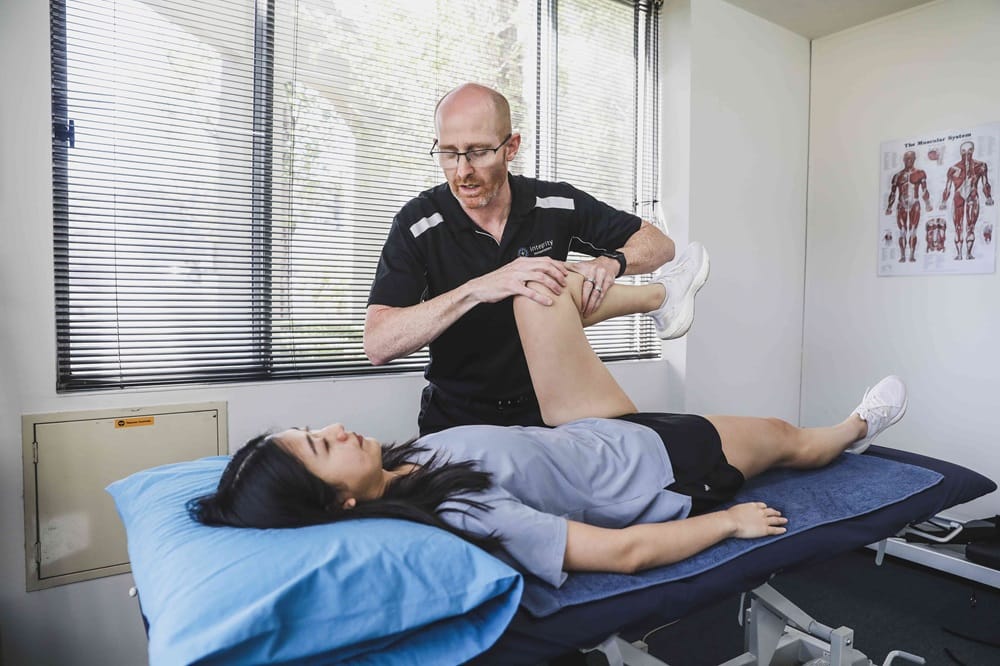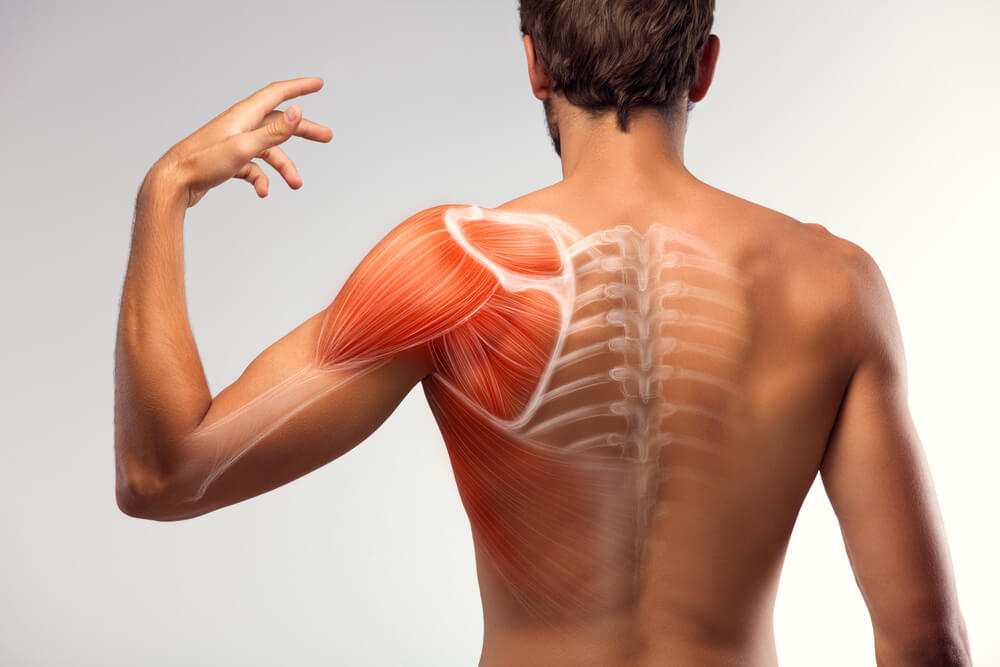
Think back to the last time you strained a muscle. Did you end up seeing a physio? Or did you wait until it went away?
It’s not just you. Many people decide not to go see a professional when they have a minor strain or discomfort. Whether it be too much hassle, or simply not ‘severe’ enough for that kind of attention – you’re not alone if you often decide to wait for these things to slowly disappear. While leaving a severe muscle strain untreated can be potentially dangerous, minor strains are often treatable from the comfort of your own home. Instead of leaving it to potentially worsen and ruin your week, here’s how stretching can be important not just for muscle strain recovery, but also for preventing it in the first place.
The Mechanics Of A Strained Muscle
Minor muscle strains occur when the muscle spasms, but is not damaged at all. These are the ones we are most likely to be able to improve with some home help. More severe strains where there is tissue damage can be caused by direct trauma to the muscle such as a ‘cork’ or a large overstretching or loading injury resulting in a tear. The tissue damage from a cork or tear impacts the muscle fibres and their surrounding supportive tissue. This will usually swell and show some bruising over a few days.
Often when muscles are tired and placed in a shortened position they can spasm. This is often known as a grade I strain and will usually not cause long term problems.
I’ve Strained A Muscle. Should I Rest Or Stretch?
Depending on the severity, you’ll want to tread carefully so you don’t further exacerbate the strain or cause more damage. It’s a good idea to stop the activity if you’ve just strained a muscle – your muscle tissue will be in a state of shock and further activity will put you at risk of more pain. Stretching directly after you’ve strained a muscle is ok if applied gently and eases the symptoms a little. If you experience sharp pain from light stretching do not continue. If you felt a mechanical tearing sensation do not try to stretch. The best thing to do if you are not sure is apply ice and seek advice.
Typical Symptoms Of A Strained Muscle Include:
- Sudden pain or soreness
- Limited range of mobility
- Bruising
- Spasms
- Weakness – particularly around the injury area
Why Does Stretching Help Minor Strained Muscles?
If you don’t do this already – you should try stretching once every day. It’s a good habit to get into for improved mobility and to get to know your normal limitations. Don’t worry, this isn’t going to descend into weekly classes and expensive leggings. We’re talking about simple, humble stretches. Here’s how daily stretches can help when it comes to keeping your life muscle strain-free:
- More flexibility – stretching every morning (or any time really) is a great way to loosen up your body and get your muscles warmed up.
- Better range of motion – it’s true if you’re having trouble reaching your toes or the top shelf – try again after you’ve completed 5 minutes of controlled stretching.
- Increased blood flow – for you gym junkies out there – this means faster recovery times and less muscle soreness. Anyone who plays a sport or likes to get active will benefit from increased blood flow to the muscles. Stretching is a great way to prevent some types of common sport injuries.
- Reduces stress – stretches promote relaxation and can re-invigorate your body. This means fewer headaches and less tension throughout the day.
Other Prevention Methods
Stretching every day is an important part of staying healthy and reducing the risk of muscle strain. Complementing a once-daily stretch routine with other preventative measures can greatly reduce the chances of straining your muscle in the first place. Here are some basics to remember:
- Always wear the right clothes/shoes for your chosen activity, definitely don’t bring hiking boots to a tennis match but perhaps worth even giving it more specific attention than that.
- Pace yourself with any physically demanding work e.g. lifting heavy boxes. If you’ve got a history of muscle strains – particularly in the lower back – find alternative ways to manage heavy loads. If you do need to lift then build your tolerance slowly over time or get advice.
- Don’t push yourself beyond your limit. Always be aware of your physical boundaries.
Get To The Root Of The Problem – Speak To A Physiotherapist
If your stretching routine is struggling to get off the ground and you’re looking for some physio-approved exercises specific to you – don’t hesitate to reach out to our professional sports physio here in South Perth for inspiration. We’ve got plenty of ideas on how to improve your week with some fun (and highly effective) stretching routines. Specially designed to target minor muscle strains and give you the relaxed peaceful start to the day you deserve.
While stretching does help minor strained muscles, sometimes there’s something more serious at play. If your muscle strain persists, or you notice worsening symptoms – don’t leave it to chance – book an appointment today and we’ll get to the root of the problem.




